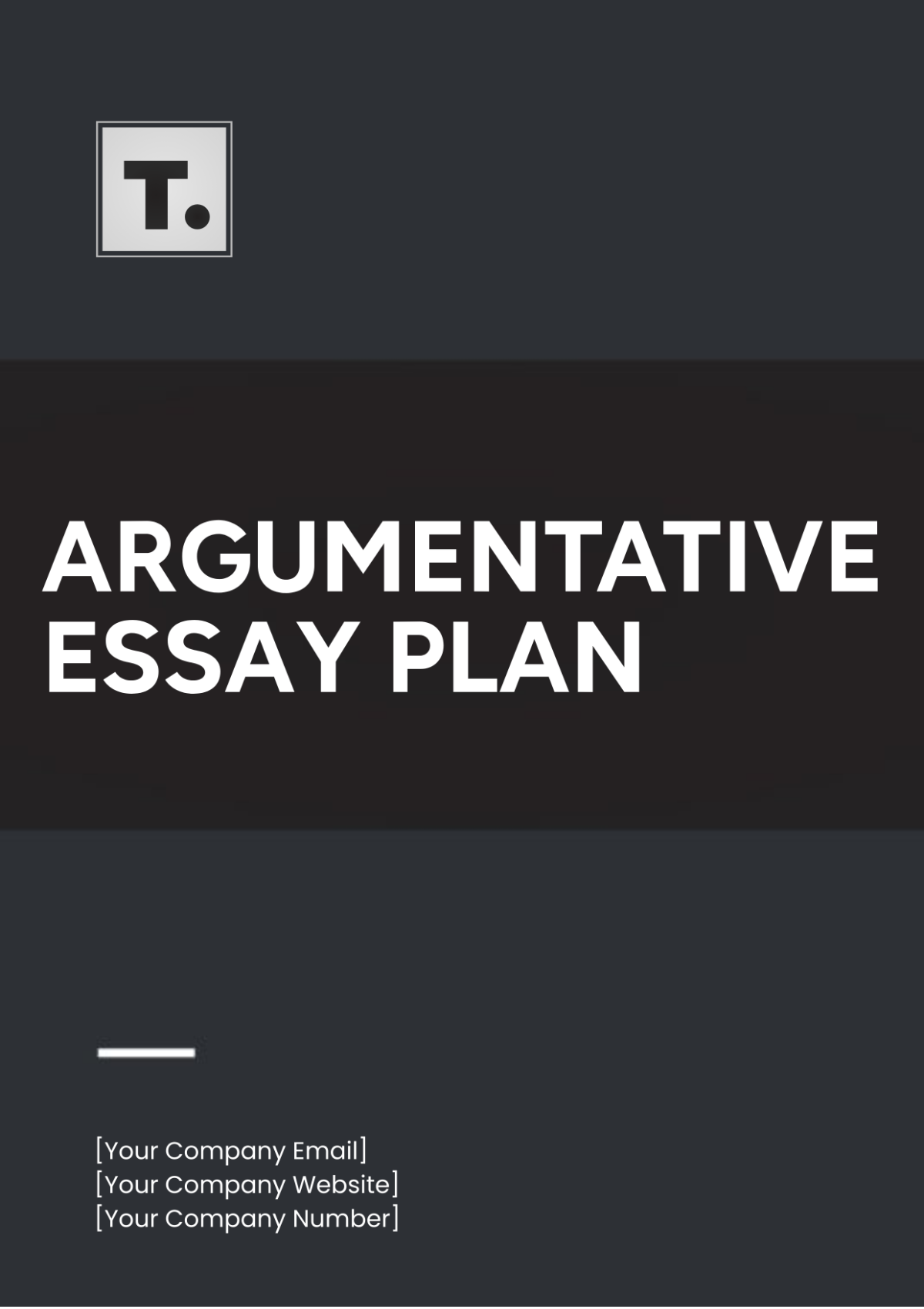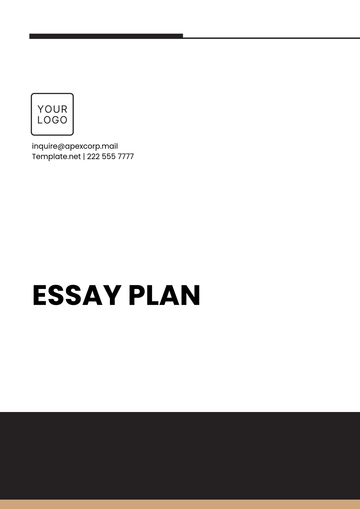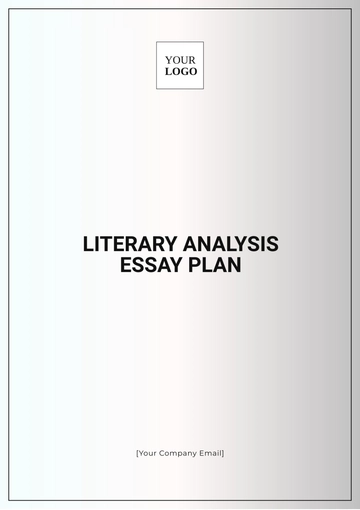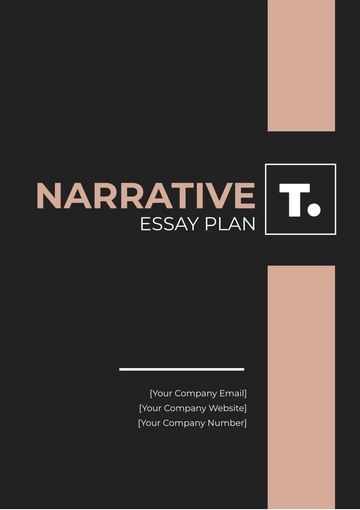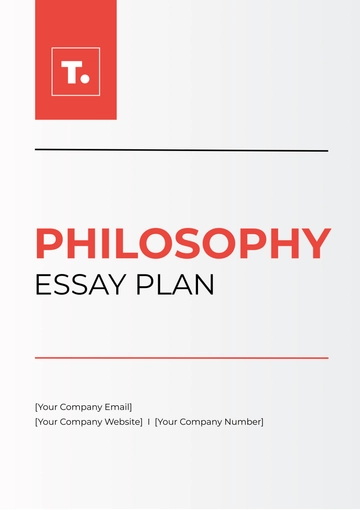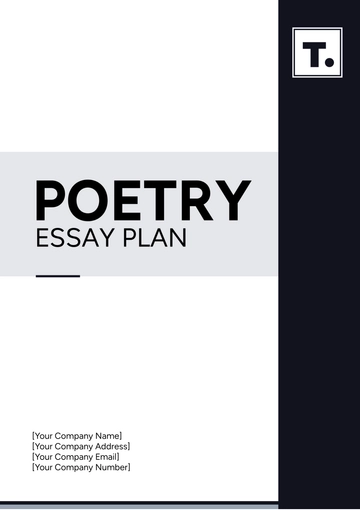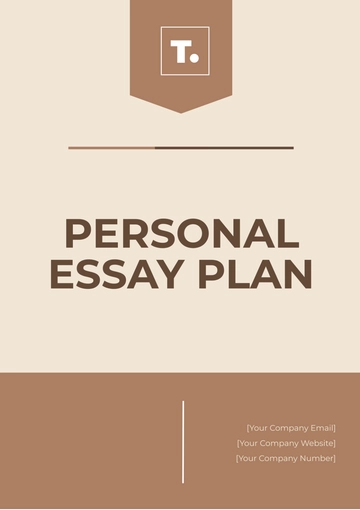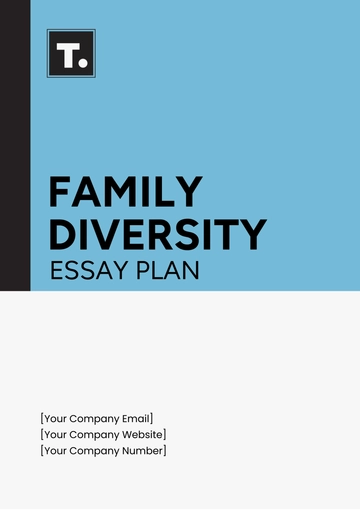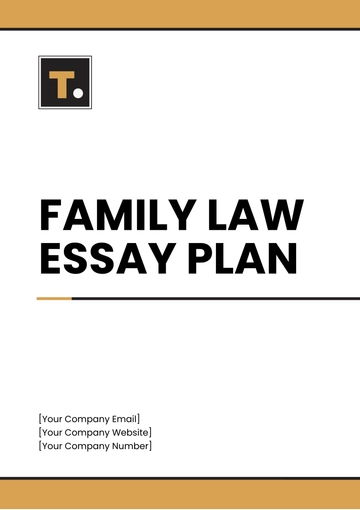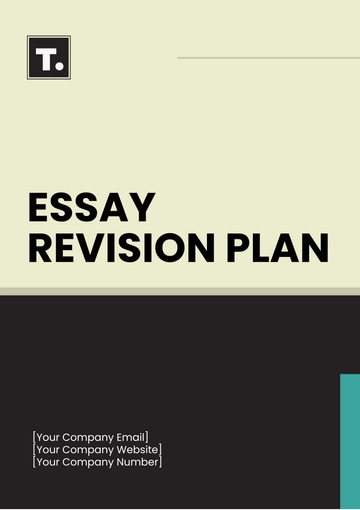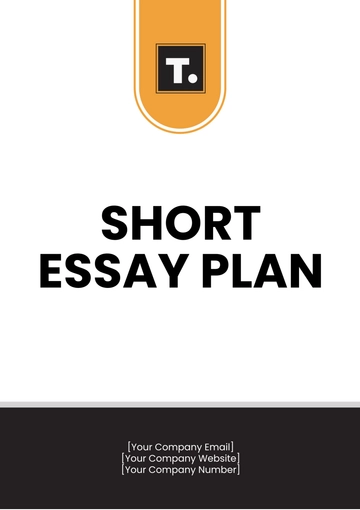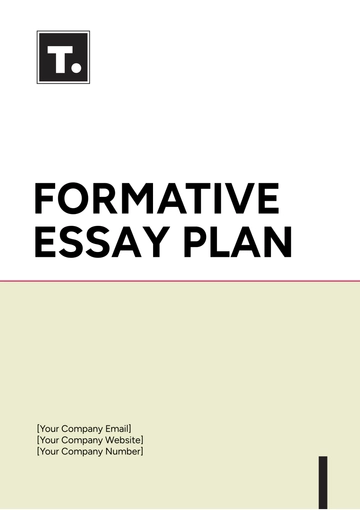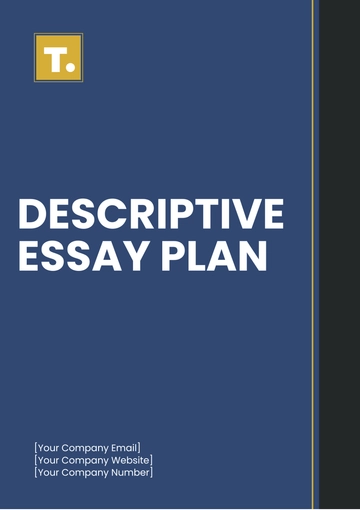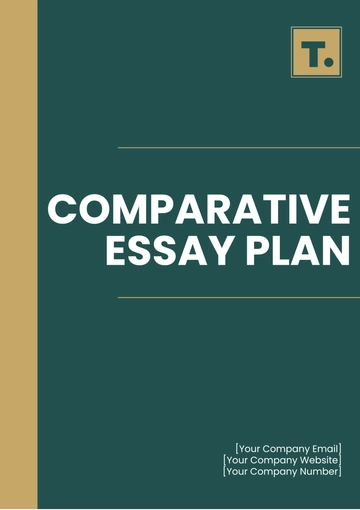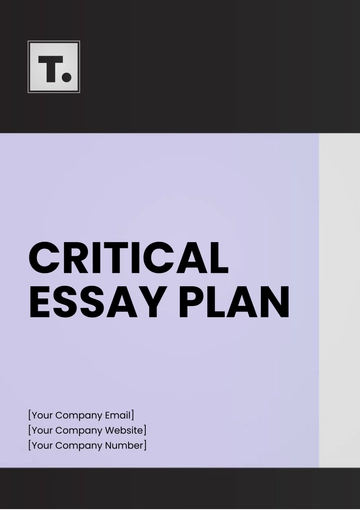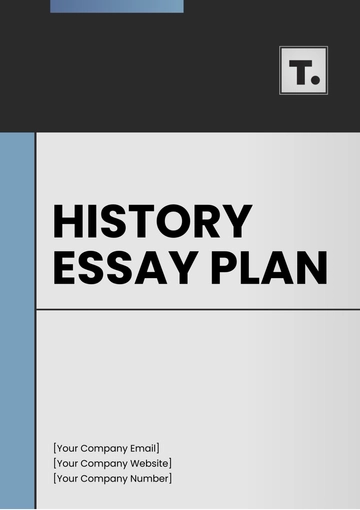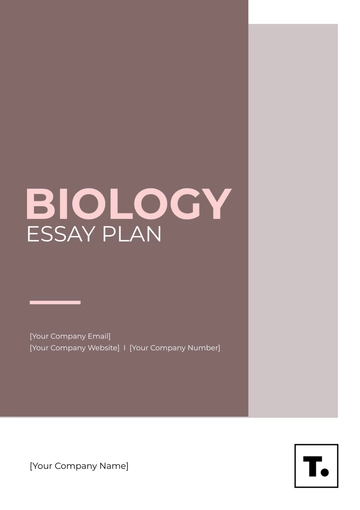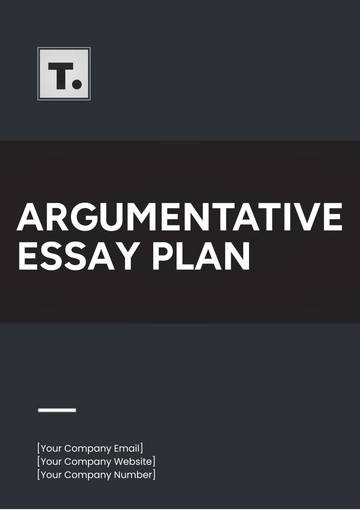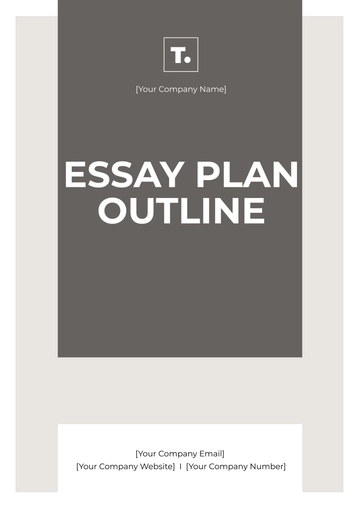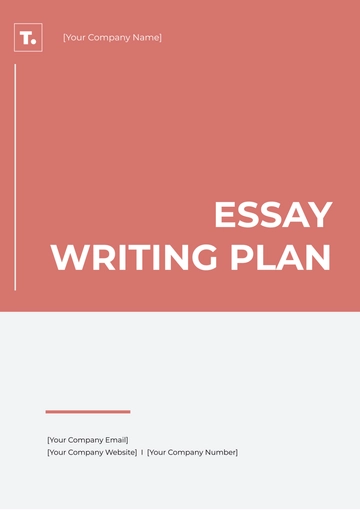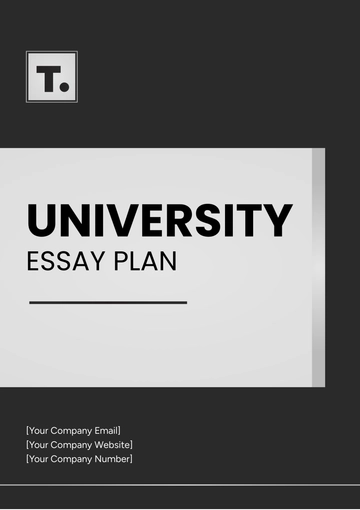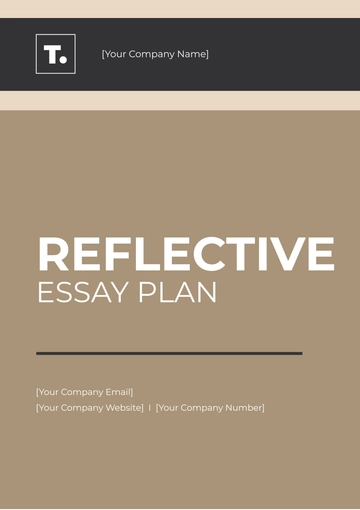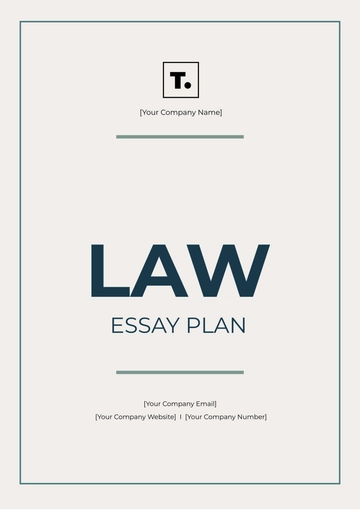Argumentative Essay Plan
Written by: [YOUR NAME]
I. Introduction
Purpose: This plan outlines the structure for an argumentative essay that persuasively communicates your position on a controversial issue.
Student's Name: [YOUR NAME]
Instructor's Name: [INSTRUCTOR'S NAME]
Course Title: [COURSE TITLE]
Due Date: June 6, 2050
Essay Topic: [ESSAY TOPIC]
Thesis Statement: [THESIS STATEMENT] - A concise statement that presents your argument and the stance you will defend.
II. Presentation of Arguments
A. Main Argument
Point: [MAIN ARGUMENT] - The primary reason supporting your thesis, which forms the cornerstone of your essay.
Evidence: Provide substantial and credible evidence that supports this argument, including statistics, quotes from authorities, and empirical research findings.
B. Supporting Argument
Point: [SECONDARY ARGUMENT] - A supplementary argument that reinforces and adds depth to your main point.
Evidence: Include additional data, examples, or scholarly work that backs up this secondary argument.
III. Counterargument and Rebuttal
Counterargument: Identify the strongest opposing view to your thesis. Describe this perspective fairly and objectively.
Rebuttal: Craft a well-reasoned response that addresses the counterargument, demonstrating why your original stance is more valid and compelling. Utilize evidence and logic to undermine the opposing viewpoint.
IV. Argument Development and Analysis
Linkages: Show how your arguments interconnect and support one another, building a cohesive narrative that enhances the persuasiveness of your thesis.
Critical Analysis: Provide a detailed examination of the implications of your argument, discussing potential weaknesses and how they are addressed.
V. Conclusion
Summary: Recapitulate your main arguments and the counterarguments, reinforcing how your rebuttals uphold your thesis.
Final Thought: Conclude with a strong statement or question that highlights the significance of your argument and encourages further reflection or action.
VI. References
Citation Style: Ensure all sources are cited according to [PREFERRED CITATION STYLE].
Sources: List all the academic sources, articles, and data you have used to build and support your arguments. This includes books, peer-reviewed articles, and official reports.
Plan Templates @ Template.net
